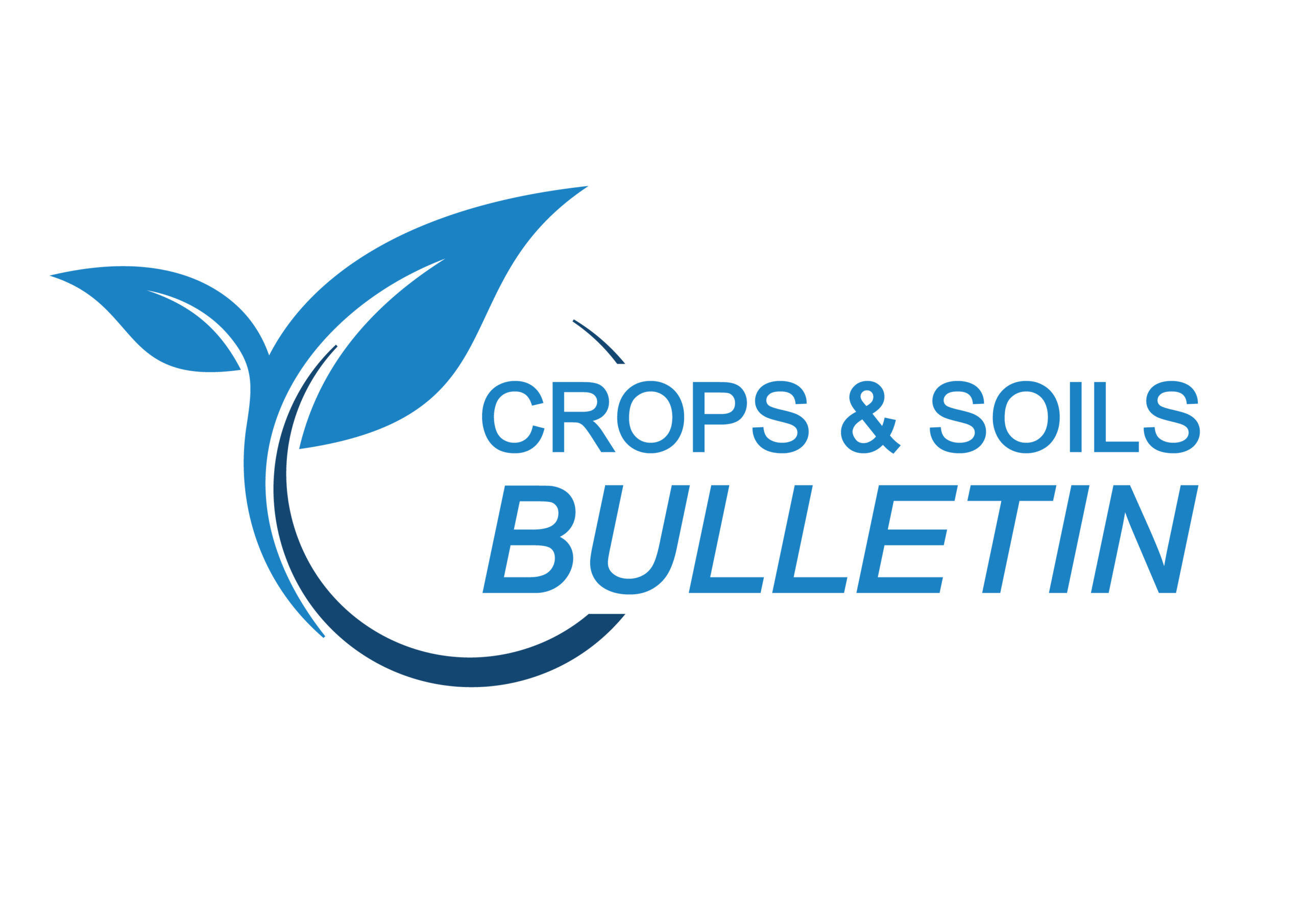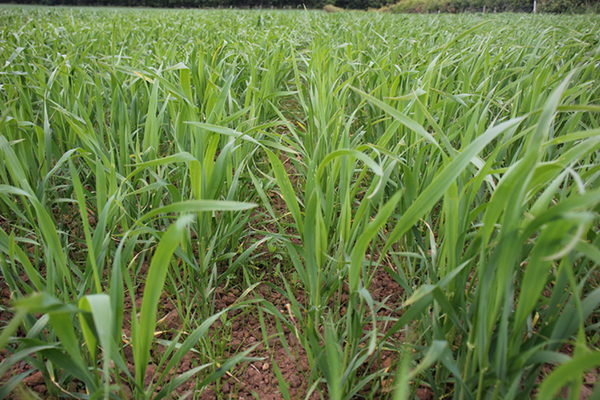Spring Barley Weed Control Options for 2024
22 April 2024With a much later start to spring sowing this year, time constraints will dictate a number of the key agronomy decisions this year. As soils warm up and days continue to get longer, spring barleys should emerge quickly and race through the growth stages, unfortunately however, so will the weeds!
Before deciding on your weed control strategy you need to know what the problem weeds are on your farm – is it grass weeds, broadleaved weeds or even wild oats. Some weeds are much more competitive than others and don’t need particularly high populations to impact on crop yields or quality and indeed can cause issues at harvest time due to their growth habit (e.g. wild oats or cleavers). Other weed species, which often tend to stay fairly prostrate offer much less of a threat to yields (e.g. Annual Meadow Grass) unless there is a very high density and therefore it is important to understand just how big a problem you have. Ask yourself just how effective weed control has been in previous years – could you have resistance issues on the farm with some weeds and therefore it may be time to try different actives with alternative modes of action.
For some, a pre-emergence spray will be applied as a matter of course and these are reliant on moisture for success however should soils dry out quickly, this may will compromise efficacy. In optimum conditions, on a rolled seed bed with enough moisture they can give very effective residual control against grass weeds, particularly Annual Meadow Grass (AMG). Pre-emergence sprays offer less activity against broadleaved weeds however and usually require a follow-up application particularly where there are high weed burdens.
For many farmers, the cornerstone of spring barley weed control will be an early tillering application targeted at broad leaved weeds. This timing allows optimum control of weeds when they are small, actively growing with the crop canopy being nice and open for the spray to achieve better penetration. In addition, this timing also reduces the competition to the crop during the vital tillering stage, giving the best chance for optimum crop yield. The use of Sulfonylureas is very common at this timing however over the years resistance has become a problem in some weed species (e.g. chickweed) meaning that a herbicide with an alternative mode of action may also be required e.g. fluroxypr to provide more effective control. The last few years has also seen the introduction of more synthetic auxins, which, when combined with some of the older existing chemistries can provide very broad spectrums of control. Some weeds, such as fumitory are much harder to control and can quickly become a major problem in a field if unchecked, therefore selecting the right product or products for your farm is crucial with information on the spectrum of control shown on the product label. The label also provides information relating to the rate required for specific weed species and weed size, with some species needing higher rates for control than others.
It is also important to consider application timings if wild oats herbicides are being considered with care requiring to be taken for sequencing around broadleaved spray applications.
As always growers should always consult manufacturers labels and websites for information regarding to applications including crop and environmental safety, tank mixing and in the case of wild oats sprays, sequencing.
Top Tips
Know your weeds - match your herbicides and rates to the weed spectrum on your farm.
Do you have resistance issues on your farm? If so, consider herbicides with alternative modes of action.
Going early gives the best chance of effective weed control and also reduces competition to the crop.
George Chalmers, SAC Consulting
Sign up to the FAS newsletter
Receive updates on news, events and publications from Scotland’s Farm Advisory Service


